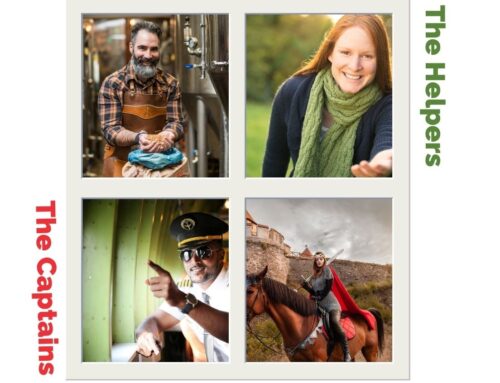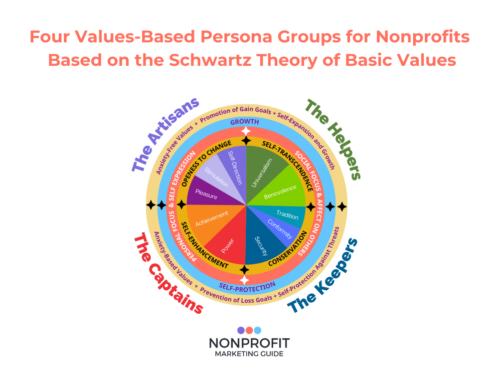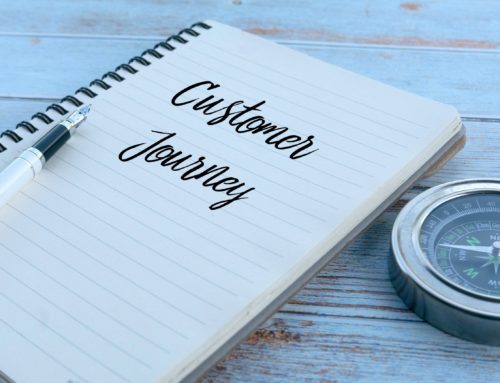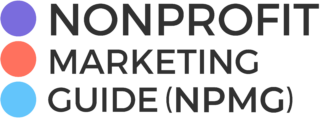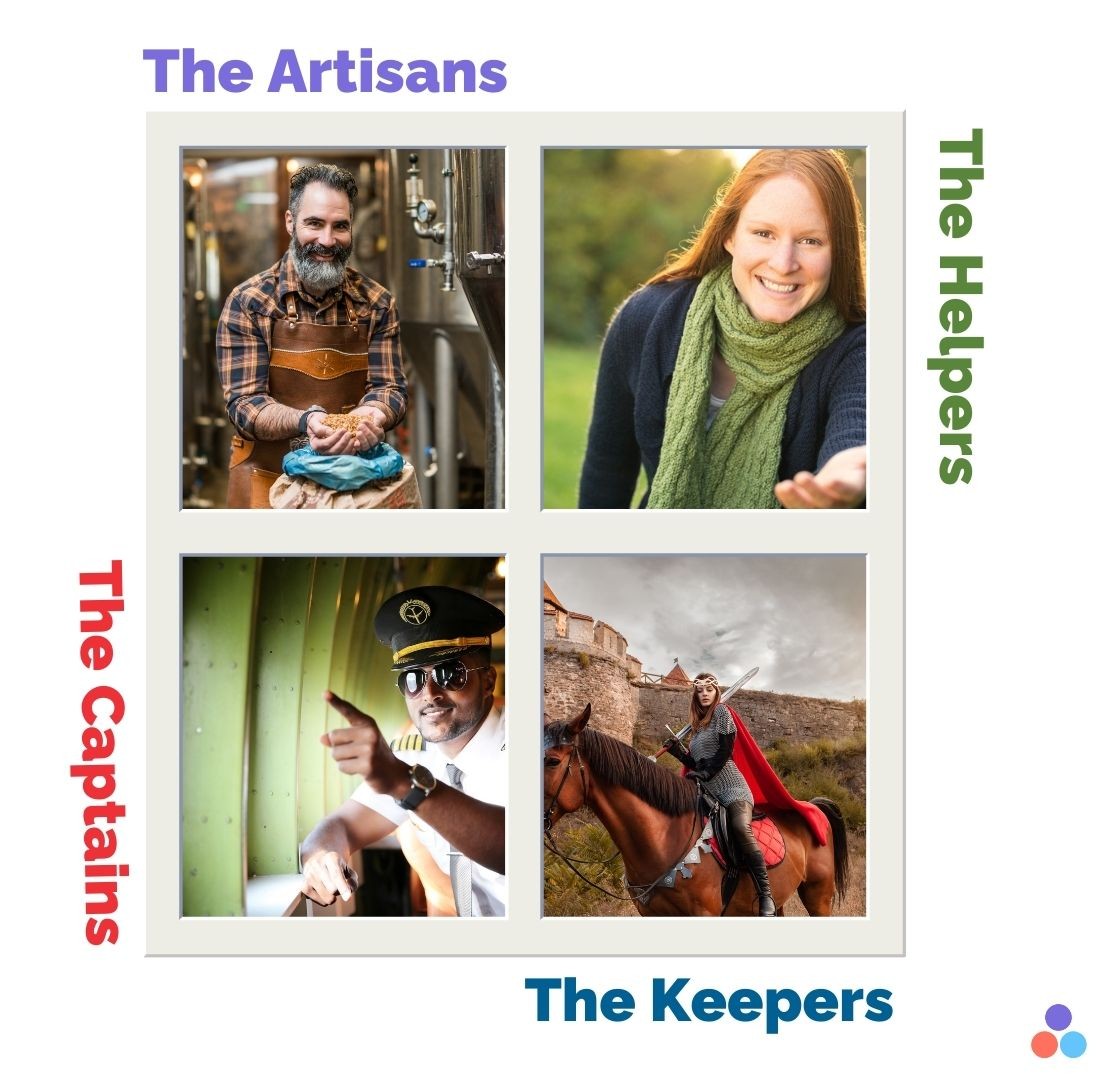
Why Identifying Your Nonprofit Target Audience Matters
Too many nonprofits fall into the trap of broadcasting messages to bystanders instead of strategically engaging the right people. Traditional audience personas can be helpful, but they often don’t capture the true motivations behind why people engage with your cause. That’s where Engagement Mindsets come in—a research-backed framework created by Nonprofit Marketing Guide (NPMG) that helps nonprofits move beyond surface-level demographics and into values-driven communication.
In this guide, we’ll walk you through:
- Why traditional personas often fall short
- How to define your nonprofit target audience using Engagement Mindsets
- How to apply this framework for better messaging and engagement
- Ways to test and refine your audience strategy
The Problem with Generic Targeting & Personas
Nonprofits typically rely on broad audience personas, such as “Millennial Donor” or “Longtime Volunteer.” While useful for basic segmentation, these often miss the deeper motivations that drive engagement.
The Reality of Nonprofit Audience Targeting
In an ideal world, you’d:
- Have complete data on who your supporters are and how they found you
- Run statistically significant A/B tests to refine messaging
- Use deep tracking to follow engagement patterns
But in reality, most nonprofits lack the budget, time, and tools for corporate-level audience research. That’s why a mindset-driven approach is more practical and effective.
How to Define Your Nonprofit Target Audience with Engagement Mindsets
Instead of relying solely on demographics, Nonprofit Marketing Guide’s Engagement Mindsets categorize audiences based on their values and motivations. This approach is based on Schwartz’s Theory of Basic Human Values, which has been validated across cultures and industries.
The Four NPMG Engagement Mindsets:
- Helpers – Motivated by care, community, and collective well-being. They respond to emotionally driven, story-based messaging.
- Keepers – Motivated by stability, tradition, and protecting what matters. They engage with trust-building, facts-driven messaging.
- Captains – Motivated by leadership, influence, and achievement. They respond to direct, results-oriented messaging.
- Artisans – Motivated by creativity, exploration, and innovation. They engage with visually compelling, out-of-the-box messaging.
Each nonprofit attracts a mix of these mindsets, but the key is to focus each message on one primary mindset to avoid muddled communication.
Audience Segmentation for Effective Communication
Step 1: Identify Your Primary Mindset(s)
Which mindset aligns best with your mission and messaging strategy? If you aren’t sure after reading this article, take the quiz below to help!
- Advocacy & Policy Organizations? Likely Captains or Keepers.
- Volunteer & Community-based Groups? Likely Helpers.
- Arts & Innovation-focused Nonprofits? Likely Artisans.
Step 2: Segment Your Audience by Engagement Level
Beyond mindsets, it’s also important to recognize where people are in their journey with your nonprofit:
- New supporters – Need introductory content and awareness-building.
- Casual followers – Need storytelling and social proof to deepen engagement.
- Active donors/volunteers – Need clear action steps and leadership opportunities.
Step 3: Tailor Messaging to Each Mindset
Using the right messaging for the right mindset can significantly boost engagement:
- Helpers: Emotional appeals, community stories, people-focused impact
- Keepers: Stability-focused messaging, legacy-building, proven track record
- Captains: Clear calls to action, leadership framing, direct impact metrics
- Artisans: Visual storytelling, creativity-driven engagement, unique campaigns
Applying Engagement Mindsets to Your Nonprofit’s Messaging
Once you’ve identified your nonprofit’s target audience, it’s time to refine your messaging strategy to align with the right mindset.
Examples of Mindset-Aligned Messaging:
- Helper-Focused Instagram Post: “Meet Maria, a mother of three whose life changed because of your generosity. 💙”
- Captain-Focused Fundraising Email: “Step up as a leader in this movement—your support fuels real change.”
- Keeper-Focused Advocacy Post: “Preserve our communities’ safety and traditions—join us in protecting this cause.”
- Artisan-Focused Campaign Video: “Reimagine what’s possible—see how creativity is shaping our mission.”
Testing & Refining Your Audience Strategy
To ensure your audience engagement is effective, test different approaches:
- A/B Test Subject Lines – Does a helper-oriented subject (“See the lives you’ve changed”) perform better than a captain-oriented one (“Your leadership is needed”)?
- Vary Calls to Action – Do keepers respond better to “Protect what matters” vs. an artisan-friendly “Join a bold new movement”?
- Experiment with Content Formats – Does your audience engage more with data-driven reports (keepers/captains) or interactive social media campaigns (artisans/helpers)?
Use analytics to refine your strategy—track open rates, engagement, and conversion data to see which messages resonate.
Conclusion: Building a Sustainable Audience Engagement Strategy
Defining your nonprofit target audience isn’t just about age groups or donor databases—it’s about understanding what truly motivates people to take action. By leveraging NPMG’s Engagement Mindsets, your nonprofit can craft messaging that resonates, mobilizes, and leads to meaningful engagement.

